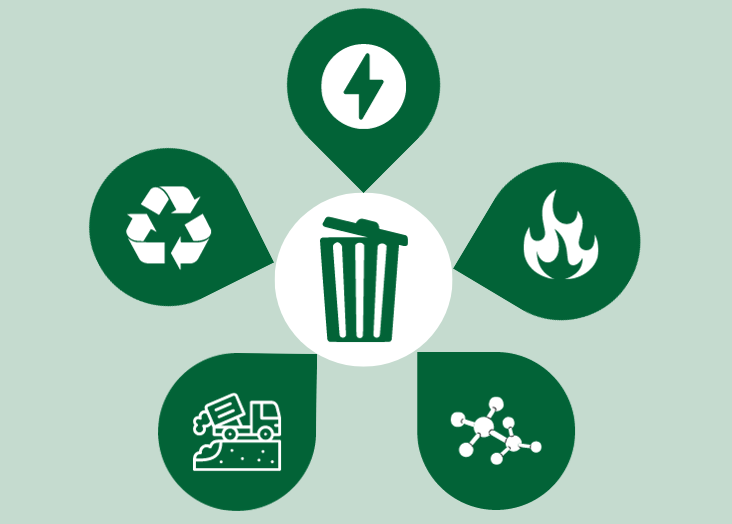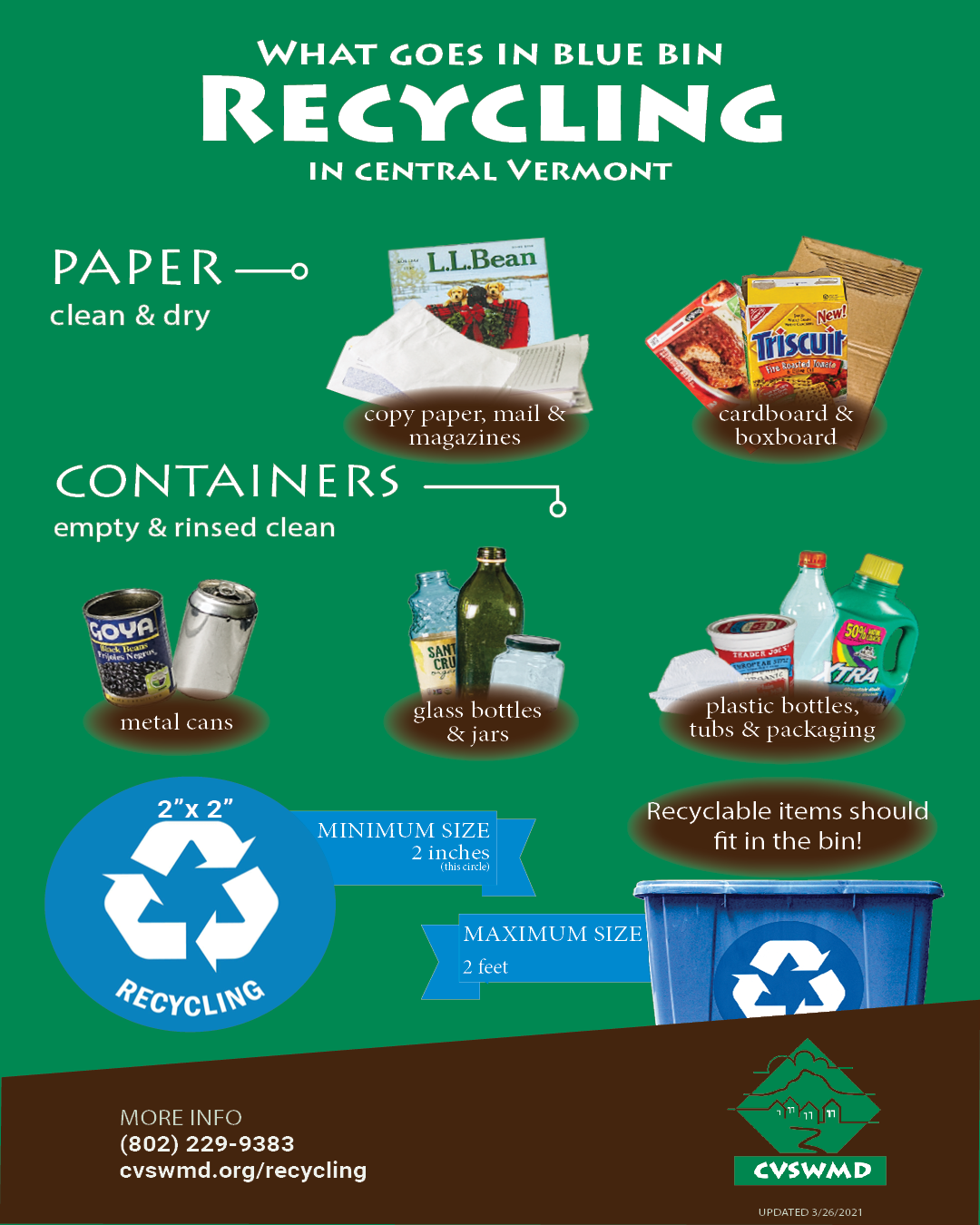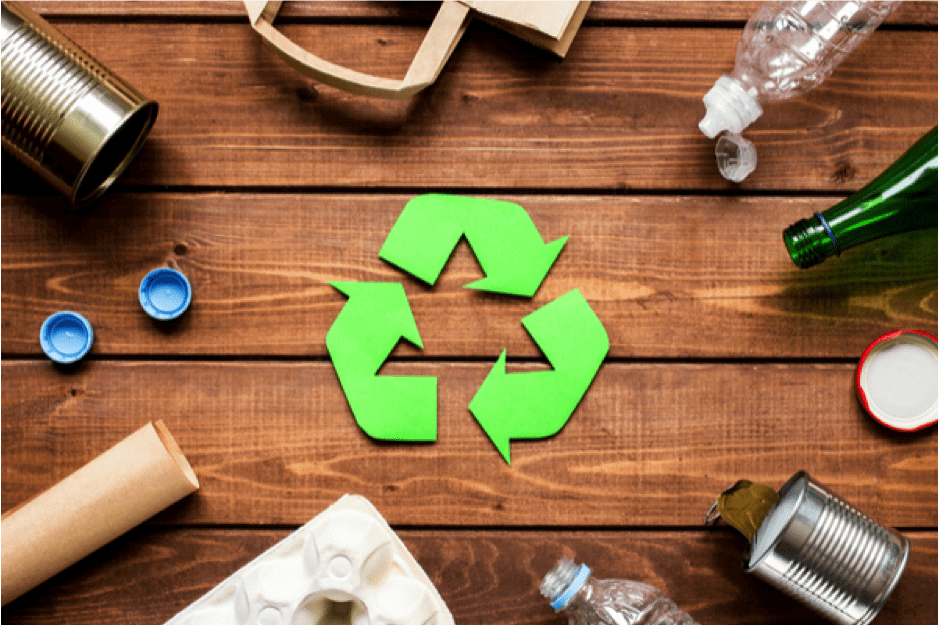Understanding the Classification and Handling of Different Kinds Of Waste
Effective waste administration is essential for environmental sustainability, needing a detailed understanding of the category and handling of various waste kinds. Household waste, industrial spin-offs, unsafe products, digital refuse, and organic remnants each require distinctive methods to ensure safety and reduce eco-friendly damages. Carrying out correct segregation, treatment, and disposal techniques is vital to reduce damaging environmental effects and promote resource conservation. For instance, the composting of organic waste contrasts greatly with the intricate treatments required to take care of harmful materials. This multifaceted approach to waste management underscores its complexity and the important demand for specialized expertise in this domain name.

Household Waste
House waste, including a wide array of disposed of products generated from everyday living activities, represents a significant component of the total waste stream - recycling lives services. This category includes natural waste such as food scraps, yard cuttings, and paper products, alongside not natural products like plastics, metals, and glass. The varied nature of house waste necessitates reliable classification and administration to minimize environmental impact and promote lasting living techniques
Efficient home waste management starts with segregation at the resource, helping with recycling, composting, and safe disposal. Organic waste, as an example, can be composted to produce nutrient-rich dirt amendments, reducing land fill problem and improving dirt health and wellness. Recyclable materials, consisting of paper, glass, and specific plastics, can be processed and repurposed, reducing and conserving resources energy consumption related to brand-new product manufacturing.
In addition, unsafe family waste such as batteries, electronic devices, and cleansing chemicals requires specialized taking care of to avoid dirt and water contamination. Public understanding projects and practical disposal options play vital roles in making certain appropriate disposal and recycling of these products. By implementing durable waste decrease techniques and cultivating community involvement, municipalities can significantly alleviate the environmental footprint of household waste.
Hazardous Waste
Hazardous waste, a significant factor to global waste generation, includes a diverse variety of products produced by manufacturing, building and construction, and various other commercial tasks. This category includes spin-offs such as scrap steel, plastics, rubber, chemicals, and various other deposits. The make-up and quantity of commercial waste can vary considerably relying on the sector and production processes included. Effective administration of commercial waste is essential for decreasing environmental impact and promoting sustainable methods.
The handling of commercial waste commonly entails numerous procedures: collection, therapy, segregation, and disposal. Collection systems are designed to effectively collect waste materials from different resources within a commercial operation.
Embracing approaches such as waste minimization, resource healing, and recycling can considerably minimize the burden of industrial waste on the environment, adding to more lasting industrial techniques.
Hazardous Waste

The category of contaminated materials is typically based upon its chemical and physical attributes. Harmful wastes include hazardous substances that can create negative health and wellness effects also at reduced concentrations. Destructive wastes can damage or destroy living cells and products. Combustible wastes can quickly spark, positioning fire risks, while responsive wastes can create explosions or release harmful gases upon call with various other compounds.
Efficient contaminated materials administration involves a number of key techniques: identification and partition of hazardous products, safe transport and storage space, and suitable treatment and disposal. Therapy methods might include chemical incineration, neutralization, and stablizing. Regulative conformity is essential, assisted by frameworks such as the Source Preservation and Recuperation Act (RCRA) in the United States, which makes certain environmentally sound and risk-free monitoring of hazardous waste.
Electronic Waste
Digital waste, commonly abbreviated as e-waste, stands for a growing difficulty in waste administration due to the fast obsolescence of technology. This category includes a wide series of discarded electronic gadgets, consisting of smart devices, computers, televisions, and family devices. The intricacy of e-waste depends on its composition; these items have a have a peek at these guys mix of valuable materials such as gold and copper, in addition to dangerous materials like cadmium, mercury, and lead.

Regulation and policies, such as the European Union's Waste Electronic and electric Equipment (WEEE) Instruction, goal to promote accountable e-waste management. These plans mandate manufacturers to assist in the collection and recycling of electronic items, thus lowering the problem on landfills and minimizing ecological contamination.
Organic Waste
Organic waste, encompassing naturally degradable products such as food scraps, lawn trimmings, and farming residues, comprises a substantial section of the community solid waste stream. This kind of waste is noteworthy not just for its volume yet likewise for its possible ecological impact otherwise handled correctly. Organic waste navigate to these guys can decay anaerobically in garbage dumps, generating methane, a powerful greenhouse gas adding to environment modification.
Proper handling of organic waste entails numerous strategies. In addition, drawing away food waste from land fills with donation programs can minimize food insecurity while reducing waste.
Municipalities and organizations are significantly identifying the value of natural waste administration. Executing extensive organic waste recycling programs not just minimizes ecological effects however also aligns with broader sustainability objectives, advertising a circular economy where sources are consistently recycled and repurposed.
Final Thought
Efficient waste monitoring and environmental security demand an extensive understanding of the category and handling of various waste kinds. Applying proper approaches for each waste type makes certain accountable and secure waste management methods, ultimately contributing to the security of ecosystems and public health and wellness.
Efficient waste monitoring is pivotal for environmental sustainability, needing a comprehensive understanding of the classification and handling of different waste kinds.House waste, encompassing a broad range of disposed of products created from day-to-day living activities, represents a significant element of the total waste stream.Industrial waste, a major contributor to international waste generation, encompasses a varied array of materials created by read the full info here production, building and construction, and other industrial activities (recycling lives services).Harmful waste, an important problem in waste administration, consists of products that posture substantial risks to human health and the atmosphere due to their poisonous, corrosive, flammable, or reactive residential properties.Organic waste, encompassing biodegradable materials such as food scraps, lawn trimmings, and agricultural deposits, constitutes a substantial section of the metropolitan strong waste stream
Comments on “Recycling Lives Services: Transforming Waste into Prized Possession Resources”